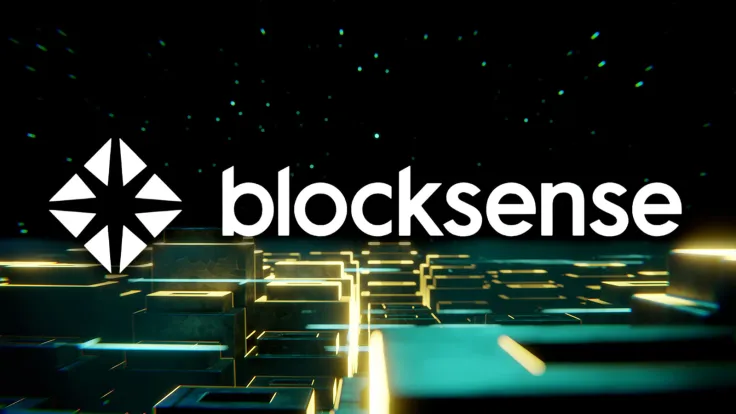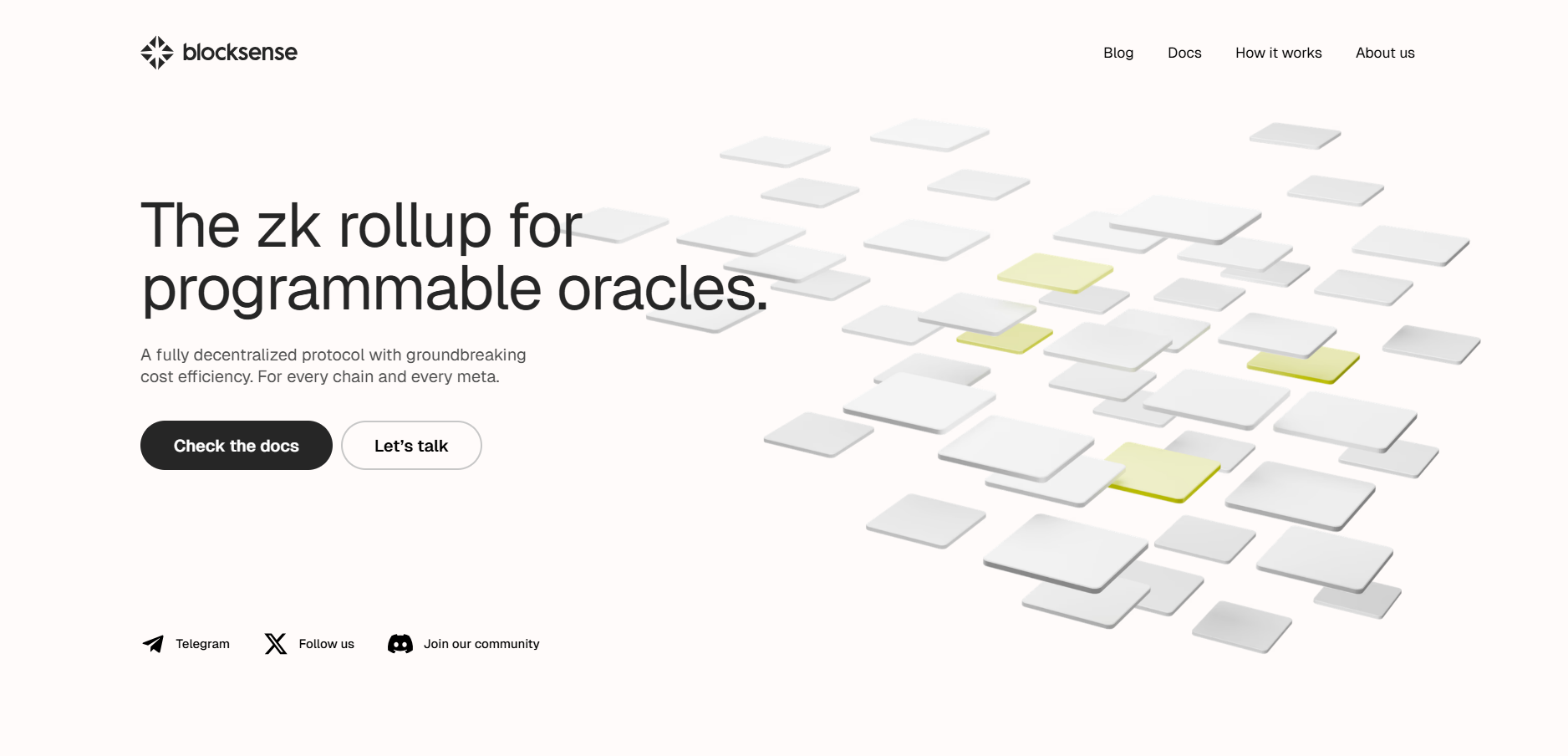
Disclaimer: The opinions expressed by our writers are their own and do not represent the views of U.Today. The financial and market information provided on U.Today is intended for informational purposes only. U.Today is not liable for any financial losses incurred while trading cryptocurrencies. Conduct your own research by contacting financial experts before making any investment decisions. We believe that all content is accurate as of the date of publication, but certain offers mentioned may no longer be available.
In just ten months upon completing $4 million pre-seed funding, Blocksense, a protocol that pushes the barriers of the blockchain oracles concept, has shared the details of impressive developments that are already explored by Web3 devs in various verticals.
Blocksense addresses oracle bottlenecks in Web3, Here's how
Launched out of stealth in Q4, 2024, Blocksense is a cutting-edge rollup-inspired protocol designed to address the bottlenecks on-chain oracles are struggling with. The solution managed to progress from an early-stage concept to live testnet deployments and active integrations across over 30+ networks, including Aztec, Citrea, Pharos, Aurora, Manta Network, TAC, BIMA and Plume.

The protocol leverages zkSchellingPoint, a zero-knowledge-backed consensus model inspired by Schelling games, where node operators submit signed votes and are economically incentivized to provide correct answers.
The project's development is helmed by software engineering veteran Zahary Karadjov, former Nimbus Team Lead and core team member of the Nim programming language and Status.
Despite being in a very nascent stage, Blocksense is already a 30-person team spanning protocol engineering, cryptography and developer tooling. Also, testnet deployments are live with programmable oracle scripts powering feeds for price data, peg monitoring, AI outputs and prediction resolutions.
Backed by a16z Crypto, Blocksense goes far beyond traditional oracles
Unlike the majority of competing solutions, Blocksense relies on ZK tech in its data handling routine. It bundles multiple feed results per voting period into a Blocksense block, proven via a single zero-knowledge proof.
No need to rely on opaque signers — all feed updates are derived from signed votes and ZK-verified aggregation.
The process of interaction between various classes of data feeds is organized on Blocksense in a quite specific manner. Oracle scripts are executed in a WASM environment by node operators. The ZK circuit proves that votes were signed correctly and aggregation logic (e.g., median) was applied faithfully.
Blocksense secured solid funding for an impressive runtime. The $4 million pre-seed fundraising campaign was led by Permutation and others, with a16z Crypto also backing the startups in its funding efforts.
Right now, the project is preparing to onboard as an Actively Validated Service (AVS) on EigenLayer, aligning Blocksense with the Ethereum (ETH) restaking ecosystem.
The solution maintains plug-in-play compatibility with Chainlink-style interfaces. It means that Web3 developers are able to switch oracle providers without rewriting contracts.
Modularity, zkTLS, and SDK: Ambitious roadmap for Blocksense
The platform unveiled an impressive roadmap for R&D, engineering and adoption efforts. Blocksense is set to become a modular middleware layer for decentralized truth — from market prices to AI decisions. Its architecture can be seamlessly utilized by DeFi, AI inference, intent systems and programmable governance.
The core team eyes switching to full permissionless node operator onboarding, expansion into intent-based and inference-driven oracle verticals and continued integrations with data producers and smart agent frameworks.
Besides that, Blocksense developments are of paramount importance to stablecoin-peg feeds as well as for the building of custom event-based oracles for the gaming and prediction markets.
 Dan Burgin
Dan Burgin Vladislav Sopov
Vladislav Sopov U.Today Editorial Team
U.Today Editorial Team